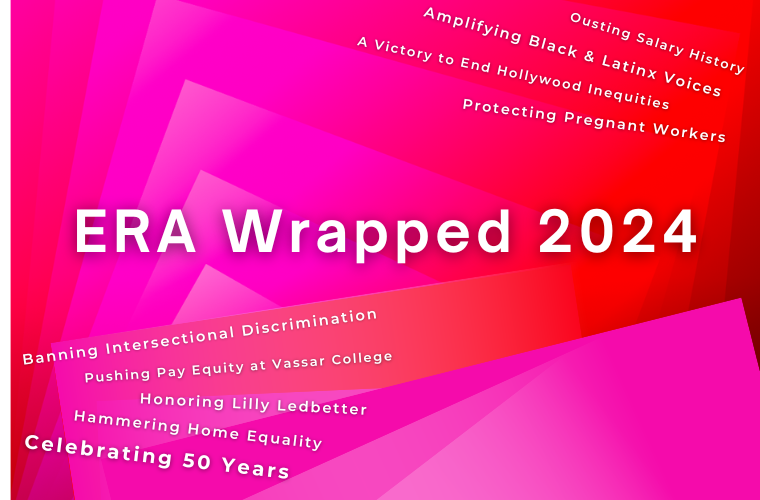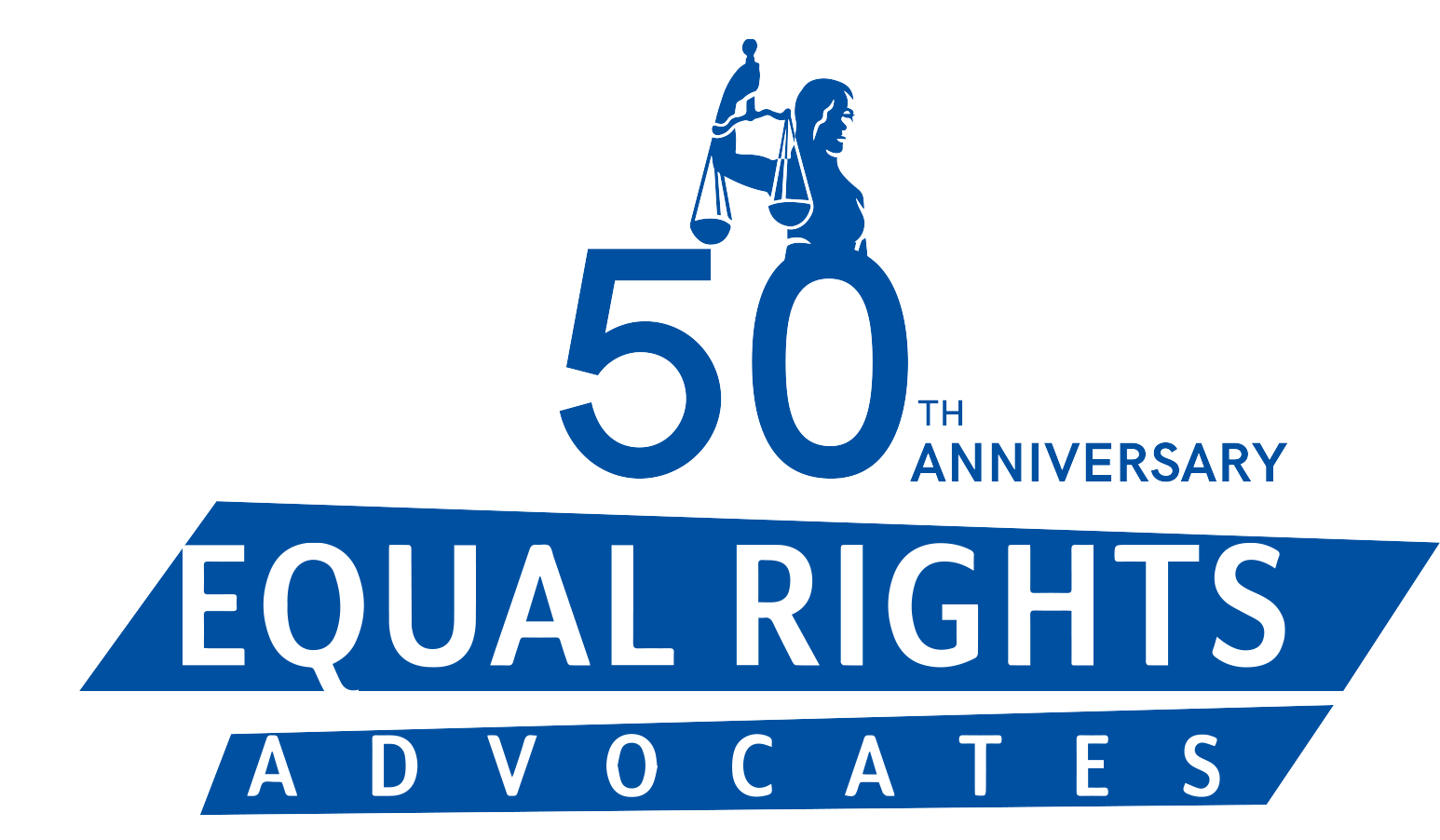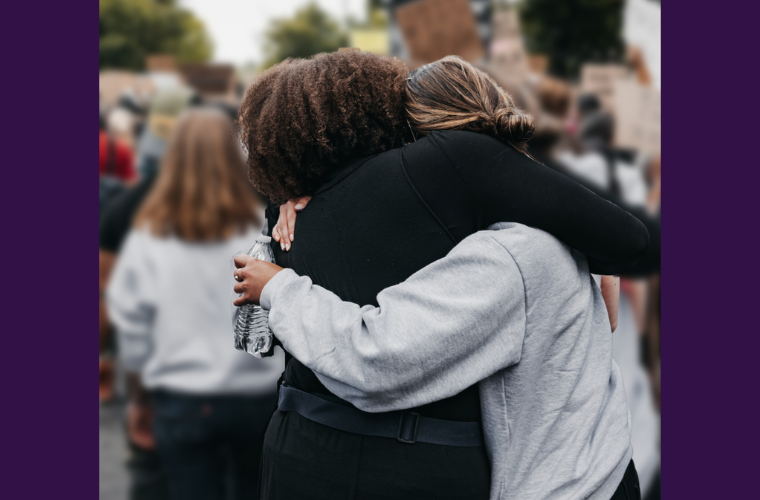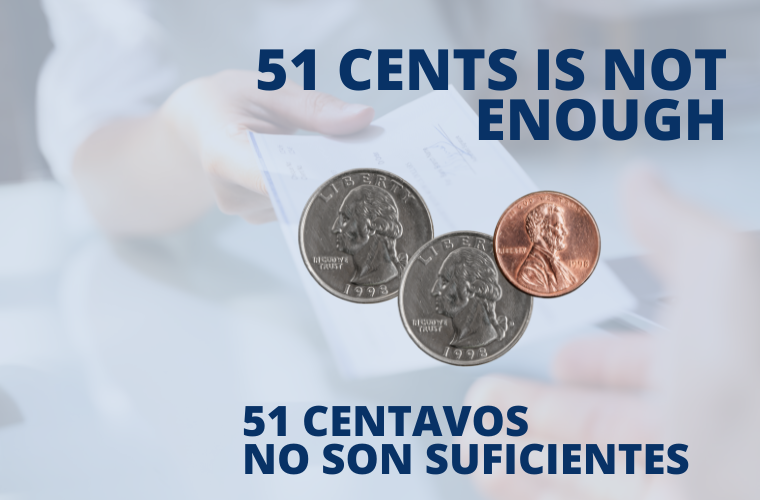
58 cents to the Dollar isn’t Equity: Native Women’s Equal Pay Day, Sept 23
September 23. 2019
Shannon Williams
All across the country, people look forward to the month of September as the start of fall. It’s the return of cooler mornings and crisp nights, and the triumphant return of the pumpkin spice latte. However, for an often times forgotten demographic, September means so much more. September 23, 2019 marks the day we observe Native Women’s Equal Pay Day, the day in which Native and Indigenous Women finally financially catch up to their white male counterparts, and make what they earned in the previous year alone.
What does this mean exactly? It means that because of the gender pay gap, Native Women must work all of 2018 and nine months into 2019 in order to earn what their white male colleagues made by the end of 2018 alone.
Doing the math yet? This means that it takes the typical Native Woman 21 months to be paid what the average white man was paid in just 12 months. If this seems a little imbalanced, that’s because it is. Native women who work year-round, full-time jobs make 58 cents for every dollar paid to their white, male counterparts.
What’s worse, while the gender wage gap is not an unknown fact to most, in relation to this particular demographic, it is. Native people make up just two percent of the United States population and are an exceedingly understudied and non-considered group. The small size of this population makes it difficult to receive some of the information needed to effectively close the gap.
Native people face poverty and unemployment at higher and more unbalanced rates.
Overall, we know there are many contributors to the wage gap: lack of pay transparency, employment discrimination, occupational segregation, lack of affordable childcare, inadequate minimum wage and tipped minimum wage, unfair workplace practices, inadequate access to capital, and general gender and race based bias. However, for Native women, the list of contributors is longer. Native people face poverty and unemployment at higher and more unbalanced rates. The gap is even more intensified when you add in the history of oppression of Native communities, which is still producing negative impacts on the lives of Native Americans, particularly on the lives of women and girls.
Violence within this community is also an aggravator of the wage gap of Native women. In the United States, violence against Native women has reached disturbing and overwhelming heights. More than 4 in 5 Native women have experienced violence in their lifetimes, with Native women being 10 times more likely to be murdered than the national average. More than half of Native women have experienced both sexual violence and physical violence in their lifetime, and are more likely to experience violence that results in injuries requiring medical attention with less access to those services.
This level of violence suffered not only can prevent and keep Native women from entering into the work force, but the wage gap ultimately suffered by this demographic once employment is secured does not provide them with the economic security or financial confidence that is needed to change their circumstances.
For a small but forceful two percent of the population, this will no longer be enough. This year, as we prepare to observe Native Women’s Equal Pay Day, women all across the county are banding together to uplift the voices of all, and collectively, demanding more. Native women are demanding action from their employers and elected officials to address the contributors of the wage gap, as well as other areas of inequality suffered by Native women.
It is time to stand up for equality in this country, and within our own communities, to demand more, because they deserve more.
Stay Connected & Take Action
- Get the Latest News & Information Sign up for Email Updates
- Sign Up for Action Alerts Join the Action Team
- Follow Us



